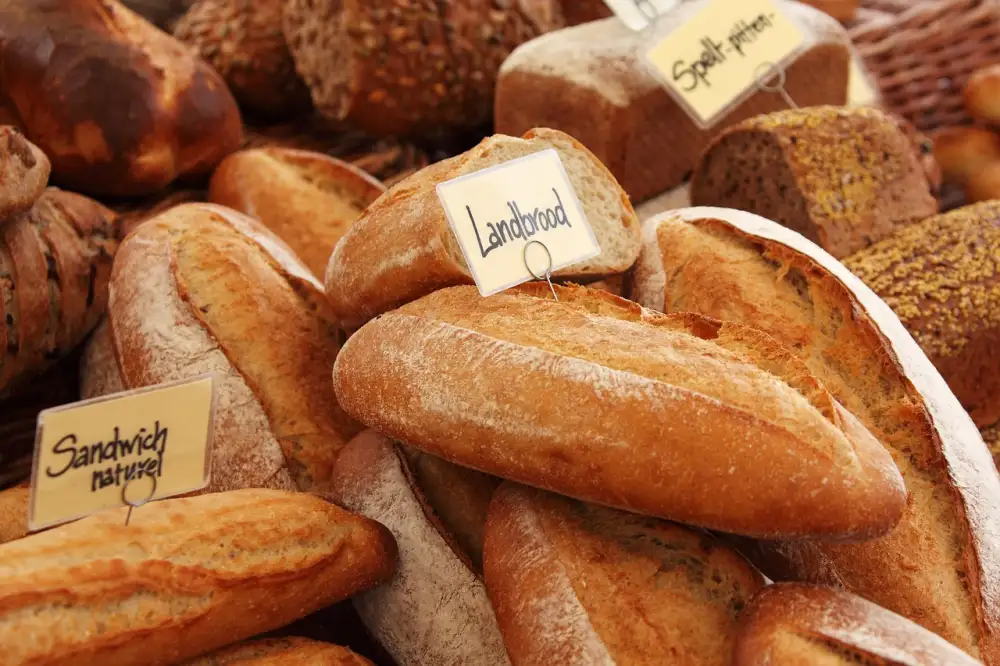Unlocking the Secrets of Active Dry Yeast: Elevate Your Baking Game with This Essential Ingredient

Active dry yeast is a fundamental ingredient in baking that plays a crucial role in the leavening process, allowing dough to rise and achieve a light and airy texture. This type of yeast is commonly used by both amateur bakers and professional pastry chefs due to its reliability and versatility. Understanding how to properly utilize active dry yeast can significantly enhance the quality of your baked goods, making it an essential component in any baker's pantry.
What is Active Dry Yeast?
Active dry yeast is a type of baker's yeast commonly used in baking bread and other baked goods. It is made from a single-celled fungus called Saccharomyces cerevisiae, which ferments sugars in the dough to produce carbon dioxide gas, causing the dough to rise. Active dry yeast is granulated and has a longer shelf life compared to fresh yeast. It needs to be rehydrated in warm water before being added to the rest of the ingredients in a recipe. This process activates the yeast, allowing it to start fermenting and leavening the dough.
How to Use Active Dry Yeast in Baking
Active dry yeast needs to be activated before use. To do this, dissolve the yeast in warm water (around 110-115°F) with a pinch of sugar and let it sit for about 5-10 minutes until it becomes frothy. This step ensures that the yeast is alive and active. Once activated, you can add it to your dough mixture along with other ingredients like flour, salt, and sugar. Knead the dough thoroughly to distribute the yeast evenly. Allow the dough to rise in a warm, draft-free place until doubled in size before baking at the recommended temperature.
Tips for Working with Active Dry Yeast
When working with active dry yeast, it's essential to ensure that the water used for proofing is at the right temperature, typically between 100-110°F (37-43°C). Water that is too hot can kill the yeast, while water that is too cold may not activate it properly. Adding a pinch of sugar to the warm water can help feed the yeast and promote activation. It's also important to let the yeast proof for about 5-10 minutes until it becomes foamy, indicating that it's active and ready to use in your recipe. Additionally, avoid using expired yeast as it may not yield the desired results in your baking.
Differences Between Active Dry Yeast and Instant Yeast
Active dry yeast and instant yeast are both popular choices for baking, but they have some key differences. Active dry yeast needs to be dissolved in warm water before use, while instant yeast can be mixed directly into the dry ingredients. Instant yeast typically has smaller granules and can be added directly to the flour, saving time in the baking process. Active dry yeast usually requires proofing to ensure its viability, whereas instant yeast does not. However, active dry yeast tends to have a longer shelf life compared to instant yeast when stored properly. Ultimately, both types of yeast can yield excellent results in baking, so it often comes down to personal preference and convenience when choosing between them.
Storage and Shelf Life of Active Dry Yeast
Active dry yeast should be stored in a cool, dark place away from moisture and heat. Once opened, it is best kept in an airtight container in the refrigerator or freezer to extend its shelf life. When properly stored, active dry yeast can last up to 2 years beyond the expiration date printed on the package. It is important to check the expiration date before use, as expired yeast may not activate properly, leading to unsuccessful baking results. Proper storage ensures that your active dry yeast remains viable for all your baking needs.
Popular Recipes Using Active Dry Yeast
1. **Classic Homemade Bread**: A staple in many households, homemade bread is a versatile and satisfying recipe that showcases the magic of active dry yeast. Whether you prefer a simple white loaf or a hearty whole wheat bread, active dry yeast is essential for achieving that perfect rise and texture.
2. **Pizza Dough**: Making your own pizza dough allows for endless customization and superior flavor compared to store-bought options. Active dry yeast helps create a light and airy crust that pairs perfectly with your favorite toppings.
3. **Cinnamon Rolls**: Indulge in the sweet aroma of freshly baked cinnamon rolls made with active dry yeast. The yeast contributes to the soft and pillowy texture of the rolls, making them an irresistible treat for breakfast or dessert.
4. **Bagels**: Achieve that signature chewy texture of bagels by using active dry yeast in your recipe. Boiling the dough before baking creates a distinctive crust, while the yeast ensures a consistent rise for that perfect hole in the center.
5. **Pretzels**: Soft pretzels are a popular snack enjoyed by many, and active dry yeast plays a crucial role in their preparation. The yeast helps achieve the desired fluffy interior while providing that characteristic pretzel flavor.
These recipes highlight just a few ways in which active dry yeast can elevate your baking game and bring delicious homemade creations to your table. Experiment with different variations and enjoy the process of working with this essential ingredient to unlock new flavors and textures in your baked goods.
Published: 03. 03. 2024
Category: Recipes



